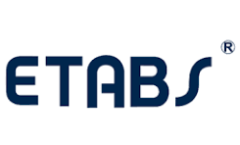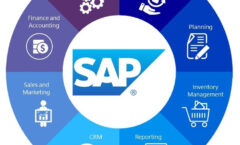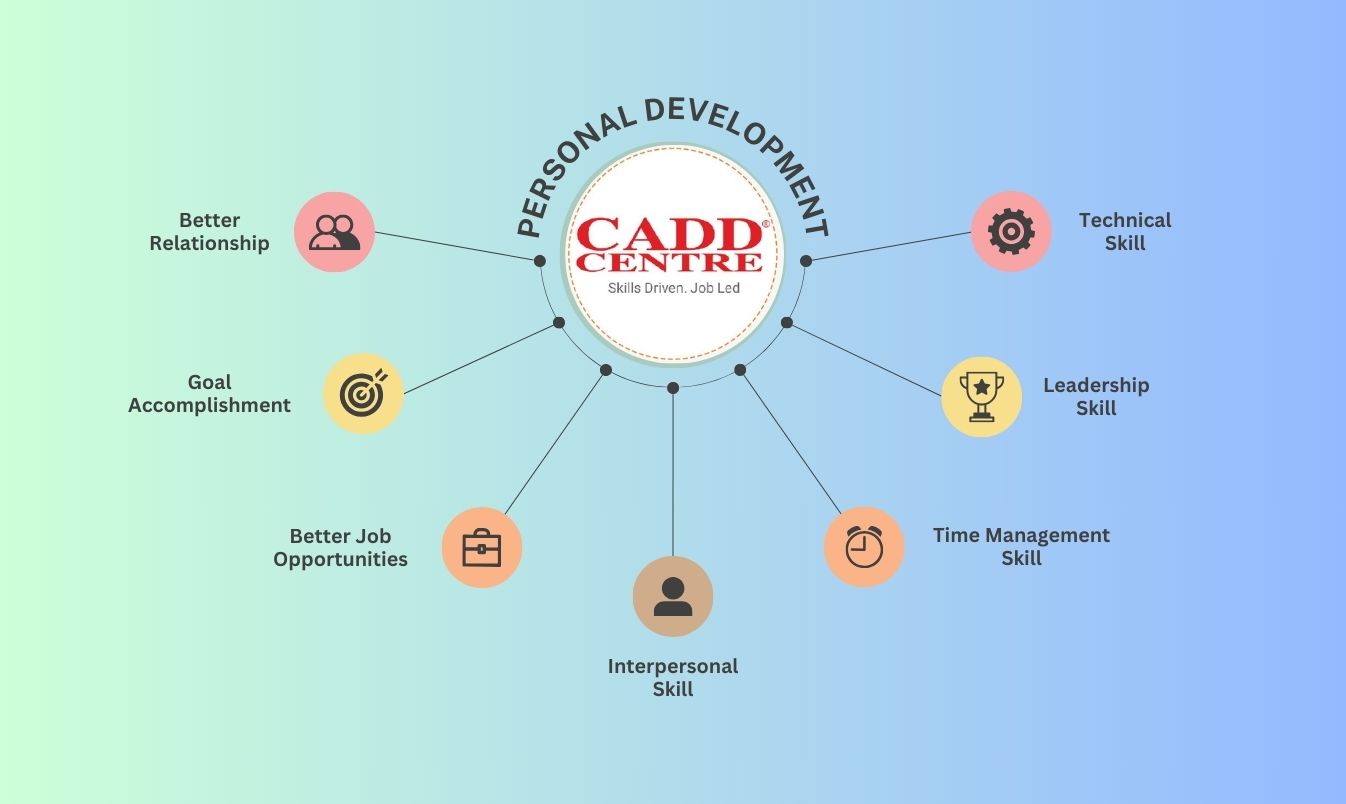Building Information Modeling (BIM)
We offer following two module of the course:
Proficient Course: 80 Hours
Essential Course: 40 Hours

Building Information Modeling (BIM) is a multi-faceted process
Building Information Modelling (BIM) is a multi-faceted process that requires digital representations that connect and manage the physical and functional elements of space This approach relies on a variety of tools, technologies and contractual arrangements. At its core, BIM is about the development of building information models (BIMs), which are digital files—often containing proprietary, proprietary data—that can be extracted, modified, or transmitted over networks These models play an important role in the relevant decision-making processes towards manufactured assets.
BIM software finds extensive application in private, business and government agencies involved throughout the life cycle of buildings and various physical structures It includes planning, design, construction, operation and maintenance, including water systems, waste management, electricity, gas, communication infrastructure, including roads, railways, bridges, ports, canals and encompasses a wide range of infrastructure sectors
Although the conceptual roots of BIM can be traced back to the 1970s, it was not until the early 2000s that it gained formal recognition. In terms of standardization and global acceptance, the development of BIM has accelerated in different countries. The development of Industry Foundation Classes (IFCs), the data structures needed to represent information in BIM, pioneered by building SMART, culminated in the launch of the international standard ISO 16739 in 2013. Period same, the development of joint BIM process standards, ISO 19650, officially launched in January 2019. These milestones highlight global approach and standards
that requires digital representations that connect and manage the physical and functional elements of space This approach relies on a variety of tools, technologies and contractual arrangements. At its core, BIM is about the development of building information models (BIMs), which are digital files—often containing proprietary, proprietary data—that can be extracted, modified, or transmitted over networks These models play an important role in the relevant decision-making processes towards manufactured assets.
BIM software finds extensive application in private, business and government agencies involved throughout the life cycle of buildings and various physical structures It includes planning, design, construction, operation and maintenance, including water systems, waste management , electricity, gas, communication infrastructure, including roads , railways, bridges, ports, canals and encompasses a wide range of infrastructure sectors
Although the conceptual roots of BIM can be traced back to the 1970s, it was not until the early 2000s that it gained formal recognition. In terms of standardization and global acceptance, the development of BIM has accelerated in different countries. The development of Industry Foundation Classes (IFCs), the data structures needed to represent information in BIM, pioneered by buildingSMART, culminated in the launch of the international standard ISO 16739 in 2013. Period same, the development of joint BIM process standards , ISO 19650, . officially launched in January 2019. These milestones highlight global approach and standards
Fill the Enquiry form and we will contact you shortly :
Start Your Professional Journey with following Courses
Architecture, Engineering and Construction>Masters Certificate In Architecture Design > Masters Certificate In Building Design > Masters Certificate in Interior Design > Masters Certificate in BIM > Expert Certificate in Architectural Design >Expert Certificate in Building Design >Expert Certificate in Interior design >Expert Certificate in BIM Production Design> Masters Certificate In Product Design >Masters Certificate In MEP Design > Expert Certificate in Product Design Information Technology > Python For Professionals >Java For Professionals >Robotic Design
Get in Touch
Address:Plot No.10, Above Burger King Restaurant, Near Metro Station, Sector-5 Rajendra Nagar Sahibabad, Ghaziabad, Uttar Pradesh 201005
Phone: +91-8595828647 , 9718824848
About Us
We are associted with CADD CENTRE , a trusted institution, enriching the careers of over 2.5 million learners worldwide technical courses . CADD CENTRE Training Services having training experience of 30 year in the field of AutoCAD(2D&3D) , Revit Architecture ,3ds Max , SoildWorks, CATIA, Ansys, Creo, STADD.PRO, C, C++, Pyhton, JAVA, Robotics Design , SketchUP, NX CAD etc.
Recent Posts
-
🌟 Start Your Journey in Design and Analysis with CADD RNC! 🌟
Are you ready to boost your engineering…














































